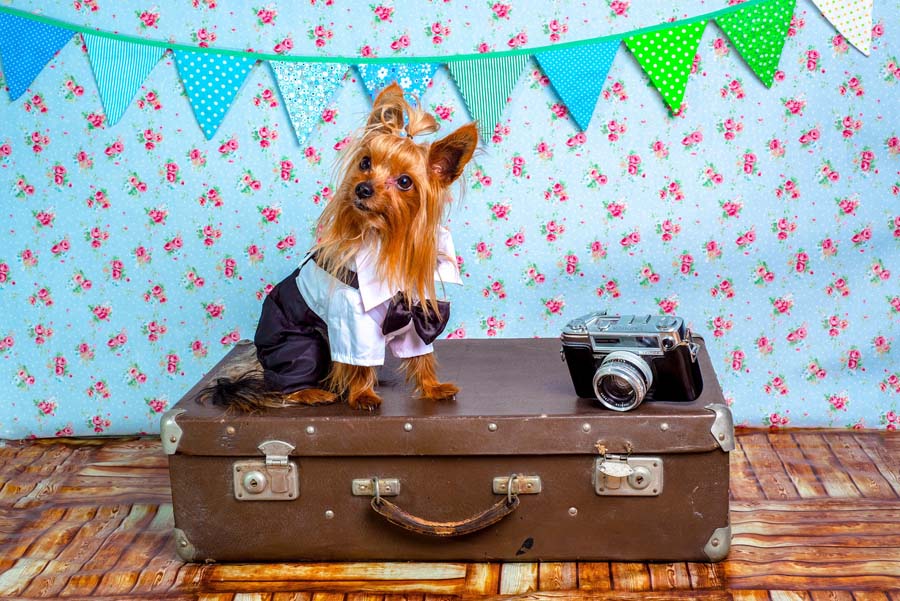A Turramurra Vet Pet Behaviour Article
Travelling with Your Dog This Summer? Tips for a Stress-free Trip!

Travelling with Your Dog This Summer? Tips for a Stress-free Trip!
by Katie Bedrossian, Pet Behaviour Consultant
As we are approaching the summer holiday period, many of us have plans away from the home. For some of us, our dogs will be staying with a trusted boarding kennel, pet sitter or house sitter. For others, they will be travelling along with us to our holiday destination.
While we consider our dogs to be part of our family and often expect them to accept the change that comes with holiday travel, we can’t explain to nervous dogs that the holiday will be a good thing.
However, we can help them feel at ease with the components of holiday travel well before the trip.
Here are 5 tips to help put your dog at ease while travelling:
- Get your dog comfortable with their crate or car harness. Place the crate in a main living area of the home. Remove the door of the crate or tie it open to prevent it from moving or making a noise which may scare them. This gives your dog the ability to adjust to the crate in their own time, add their own scents and gives your dog the choice of going inside the crate. It’s helpful to feed your dog in the crate as well as place treats, favoured toys and comfort items inside or nearby. As your dog becomes more relaxed going into the crate, gradually increase the amount of time your dog is in the crate with the door closed while feeding treats through the crate door as a reward. Car harnesses can be introduced by feeding high value treats while putting it on and playing a fun supervised game with toys or treats while your dog is wearing it.
- Ensure your dog is comfortable in the car (both when still and when moving). This should be done over multiple sessions to ensure your dog is relaxed in the car. When the car starts moving, a passenger can assist in feeding your dog treats. This could be broken down into smaller steps if your dog is not relaxed (such as turning the car on, but not moving while feeding your dog treats).
- Breaks need to be taken at least every 2 hours. Prior to departure, we need to work out the total length of time for the trip to ensure that we take a break approximately every 2 hours for dogs (as well as humans!) to toilet and go for a little walk to stretch and break up the trip. These breaks will need to be properly planned to ensure that there is a suitable area to park, toilet and exercise. Many human rest stops will provide these facilities (as long as dogs are away from food preparation and eating areas).
- Pet friendly accommodation should be researched and booked prior to taking the trip to ensure you have a comfortable and secure place to settle into on arrival. Many hotel, motel and accommodation booking websites have the option of filtering results that are pet friendly, making it easier to find suitable accommodation.
- Make sure you have all the right supplies packed. This includes a secure collar with your contact details on the collar or tag, secure walking equipment, crate or car harness, bedding (including blankets with your dog’s smell on them), food, treats and chews (including bowls or feeding toys), poo bags, pet towels, paper towel, enzymatic pet cleaning spray, pet first aid kit and any medication.
It is a legal requirement that your dog is contained within the car in a way that ensures you have full control and focus with driving. It is illegal to travel with a dog on your lap (even if restrained with a harness). Crates, car harnesses and dogs behind cargo barriers are the best ways to properly secure your dog.
If your dog gets car sick, this will contribute to your dog’s anxiety during a trip. If this is the case for your dog, prior to travel, organise a veterinary consultation to discuss medication options to ease nausea and vomiting.

